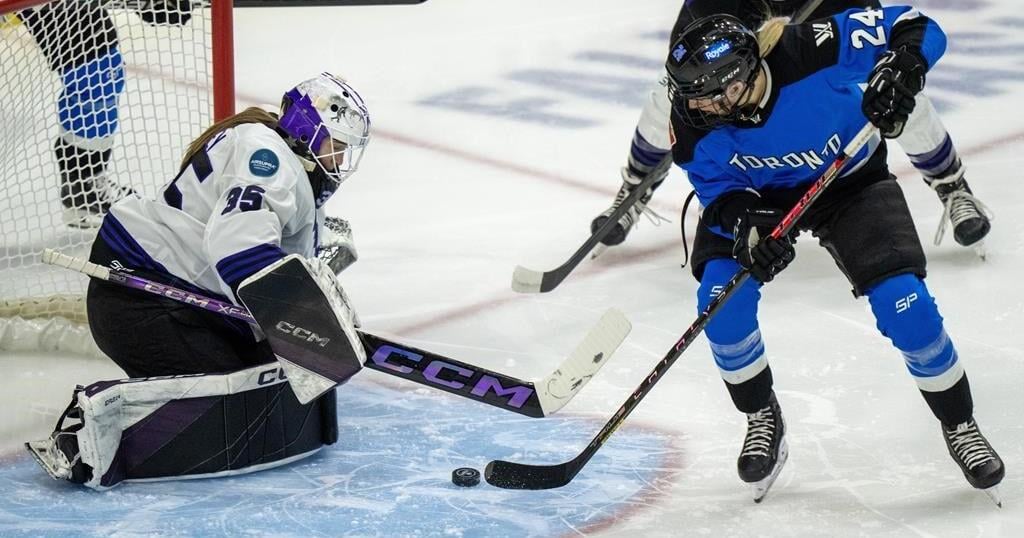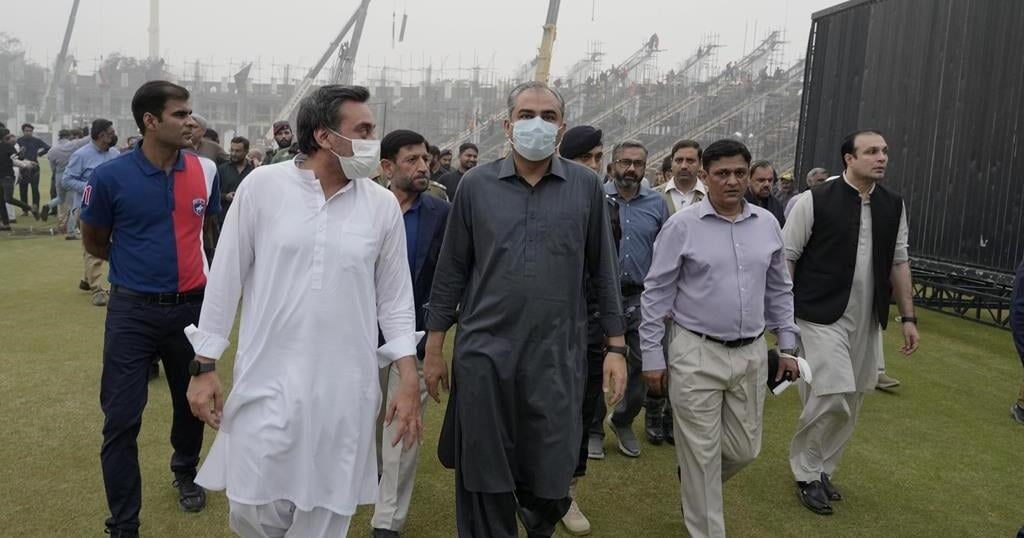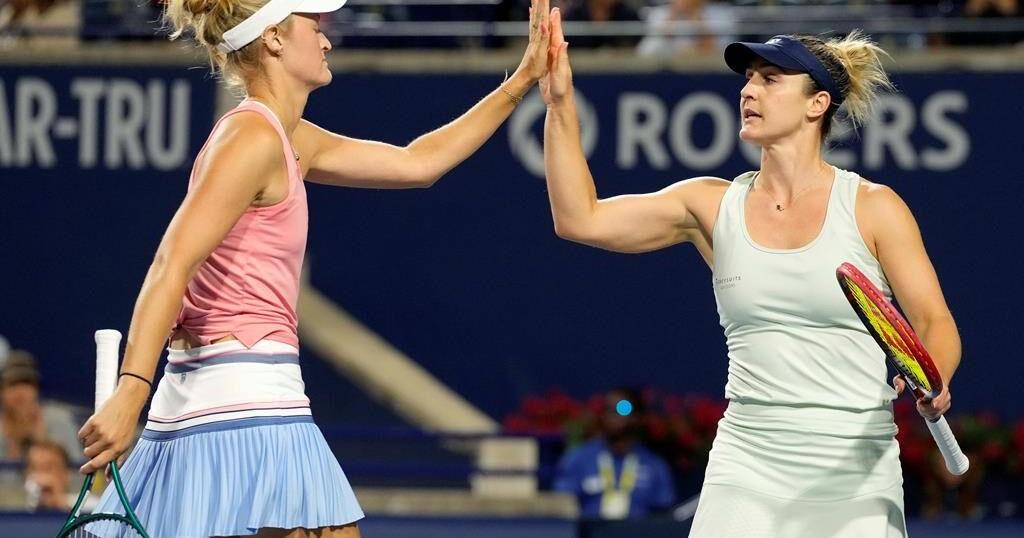Martin the Warrior was probably the most important mouse in the history of Redwall. It was his memory that inspired Matthias in the original, eponymous Redwall. It was his efforts that resulted in the building of Redwall itself in the novel Martin the Warrior. The series, however, had to continue after Martin’s departure. By the time the 2000s rolled around, Martin’s name didn’t even appear in The Taggerung, the series’s 14th entry. Redwall had evolved beyond Martin, just as the Toronto Raptors will one day evolve beyond Kyle Lowry.
Kyle Lowry is on the final year of a three-year, $100 million contract. He is extended into 2020-21, for which year he will be paid $30 million. He is also 33 years old and has played the 10th-most minutes in the league since he joined the Raptors 2012-13, accumulating a huge 18,647. And Lowry has scrapped and clawed and fought for every single one of those 18,647 minutes; for example, his 186 charges drawn over that time period ranks third in the entire NBA, behind only Ersan Ilysova and DeMarcus Cousins. Lowry is physical while chasing rebounds, or driving, or shooting, or playing defense, or standing near the rim, or running around the perimeter, or really doing any task involved in playing the game of basketball.
This makes Lowry excellent. But it also means that at some point his physicality will decline. It must. This is hateful, spiteful reality. An important question, though, is whether the inevitable decline will happen while Lowry is a Raptor.
There are really only three options for what could happen next year between Toronto and Lowry. Toronto could trade him; he will be an extremely good player on an expiring contract. He could fetch a hefty price. Toronto could extend him and keep him for the future, potentially for the remainder of his Hall of Fame career. Or Toronto could simply let the relationship dissolve and melt into air when the season ends.
Which is the most likely?
It seems farfetched that the Raptors will trade Lowry. There are really two types of players who fetch massive bounties in trades, and Lowry falls right in the middle. There are stars for whom teams will mortgage their futures, and Lowry is a star, but he is too old and expensive for teams to trade multiple assets and hope for long-term value. Teams wouldn’t part with a blue-chip youngster and a draft pick for one year of play from a point guard near retirement.
The other type of player who fetches a bounty is a short-term rental, someone who boosts a team by a huge margin in the playoff chase. Think Robert Covington for the Houston Rockets. But Lowry makes too much money for that. Also: it’s impossible to match $30 million with promising players on rookie deals, and Toronto has no need to take on dead money and picks in exchange for Lowry. He’s already expiring.
That all adds up to Lowry being worth more to Toronto as a player than as an asset.
It is also questionable as to whether the Raptors extend Lowry beyond 2020-21. Toronto has an exceptionally clean cap sheet at the moment, with a vast swathe of space opening in the 2021 offseason with which Toronto can play. They will use it, of course, to chase Giannis Antetokounmpo. Pascal Siakam will of course remain in Toronto then, and Toronto will try to develop OG Anunoby into another dominant two-way wing by that time. Fred VanVleet, too, looks to be a major part of Toronto’s core.
VanVleet is only 25 years old, and he has plenty of room to grow into his game. He already bears a huge resemblance to Lowry on the court.
“I do see super closeness and a real similarity in who they are, how they are, how they play, that inner drive, that inner characteristic of leadership, toughness, competitiveness, making big plays, making big shots, super high IQ, and I think that naturally draws them right together,” said Nick Nurse. “They are very similar, and we’re lucky to have them both because they’re both very special players.”
VanVleet is currently not close to Lowry’s level of play, but he has years to get there. Lowry, at 25, was not quite as good as Lowry now. Lowry didn’t develop his current level of awareness as a finisher or passer until later in his career; VanVleet remains on the Lowry trajectory. VanVleet will command a massive payday this offseason, and Toronto has to hope that he will grow into a Lowryian role as leader on and off the court. He may never be quite as good as Lowry, but he will play at a very high level for eight more years or so, while Lowry probably only has two or three left. The math is obvious, and Toronto can’t keep both at the money they deserve. They work so well together, and compliment each other, because they are always whirring around both ends of the court, like the two wings on a bee’s back, in-sync, buzzing together, minds bent together in labour and joy. Unfortunately, that sameness, on top of the age gap, is what makes Lowry expendable to the on-court future of the Raptors. VanVleet’s current skill-set and promise of future ability means Toronto already has a ready-made Lowry replacement.
In fact, the Raptors haven’t been this successful with Lowry off the court since he came to Toronto. Toronto’s net rating with Lowry off the court this year is 7.2, better than the teams’s 5.3 rating with him on the court; 2019-20 is the first time ever that Lowry’s off-rating has been better than his on-rating. It’s not that Lowry is ineffective — he’s been brilliant — but simply that Toronto no longer relies on him to the extent that it used to. The initial sketching of a post-Lowry image is starting to take shape in Toronto.
VanVleet is a huge part of that, and he’s a huge reason why the Raptors may fail to offer Lowry another contract worth $30 million a year. It is technically possible that Lowry takes a discount to stay in Toronto, but the team will only be able to offer a pittance, perhaps the full scope of whatever mid-level exception the team owns. It’s questionable whether that would appeal to Lowry — a player permanently slighted by those discounting his value — to keep him in town.
No, more likely is that Lowry and Toronto part ways amicably. This is the third option, but it’s also the most likely option.
By all accounts, Lowry was amenable to leaving Toronto the last time he was a free agent. He would have been happy to join the San Antonio Spurs, as he told the Express News in 2017, but Toronto threw $100 million dollars in his direction, and the rest, as they say, is the history of a champion. Lowry and Toronto have long been perfect one another, so perfect as to engender love letters, but it’s possible to imagine scenarios in which each exists without the other. Lowry has. So, too, has Masai Ujiri. That’s life, when life is a billion-dollar business.
During the off-season of 2021-22, there will probably be at least one franchise who covets Lowry and offers him far more money than the Raptors. Lowry would be an ideal complement to Joel Embiid in Philadelphia, Jimmy Butler in Miami, or really any other star in the league. His game is tailored to fit anywhere. If Toronto can’t offer Lowry a towering stack of money, unlike last time he was a free agent, Lowry will have no shortage of suitors, and this time no Godfather offer to remain in Toronto. If Lowry left, he would instantly boost his new team’s championship aspirations, remain very good for a few years, and then probably retire. Perhaps he could seven sign a one-day deal with Toronto on the way out for good feelings.
It’s conceivable that heading into 2021-22 Toronto doesn’t lure Antetokounmpo away from Milwaukee, or any other superstar, and instead has oodles of cap space and few actual players on the roster. Perhaps, in that scenario, the Raptors do re-sign Lowry to another big-money deal. Perhaps he fades gracefully, first ceding the job of team MVP to Siakam before eventually ceding the job of starting point guard to VanVleet. Those things have already begun. It would be a gentle fade-out, a pleasant one, complete with the allure of nostalgia, increasingly occasional flashes of dominance, and consistent team chemistry.
That scenario would not necessarily be the most competitive road for Toronto, but who knows? Lowry has made a career of overcoming unlikely odds.
Regardless of which road Lowry and the Raptors take moving forward, it’s important to remember the value of Lowry in the present. Lowry is the real point god, the malevolent fire hydrant, the mouse upon which the entire abbey rests. Lowry is about to represent the Toronto Raptors at the All-Star game for the sixth consecutive year. That’s monumental. No matter which way you slice the pie, Lowry is the greatest Raptor of all time.
Lowry will have a statue outside of Scotiabank Arena. It could display him yelling at a ref, or him taking a charge, or him hitting a jumper, or perhaps him passing the ball to a fortunate teammate. But there will be a Lowry statue. Before then, Lowry could conceivably play for another franchise. If he does, it will be because he and Toronto outgrew each other, because their needs — ever aligned for the greater part of the last decade — traveled in separate directions.
Redwall survived long after Martin the Warrior walked the halls. It thrived, even, with many more best-sellers featuring new and exciting protagonists. Even without Martin himself, Martin’s spirit guided Redwall’s future heroes. The Toronto Raptors will soon be in a similar situation. The team will, one way or another, grow beyond Lowry. He will remain a Raptor, of course, forever. And no matter what the future holds, we should continue to appreciate Lowry for his nightly displays of sports heroism in the meantime.


























